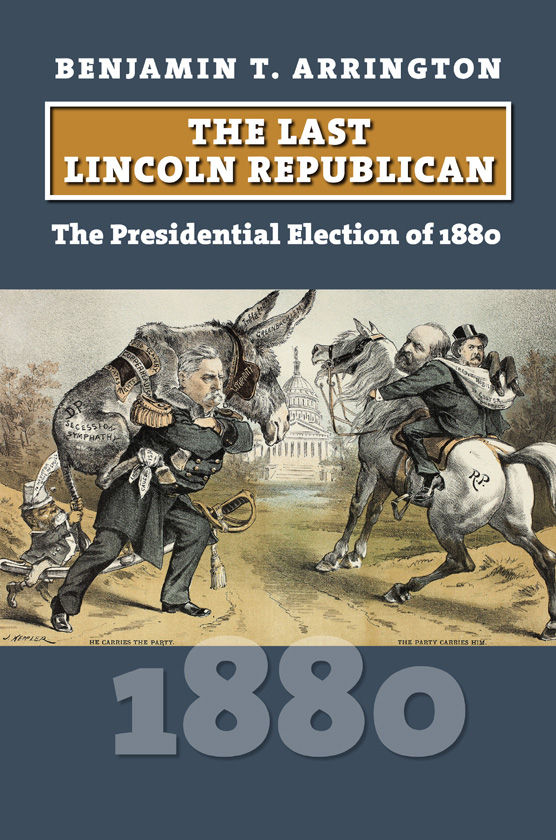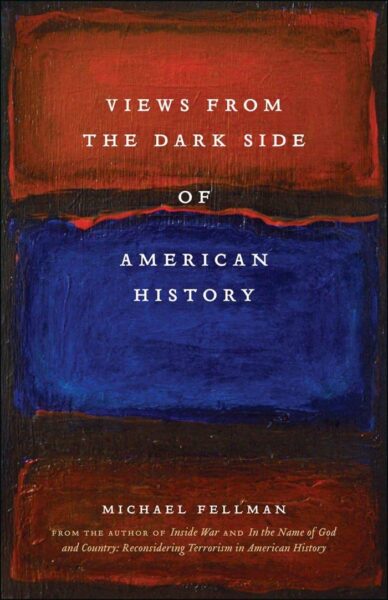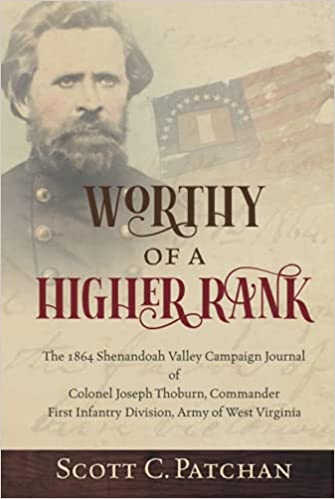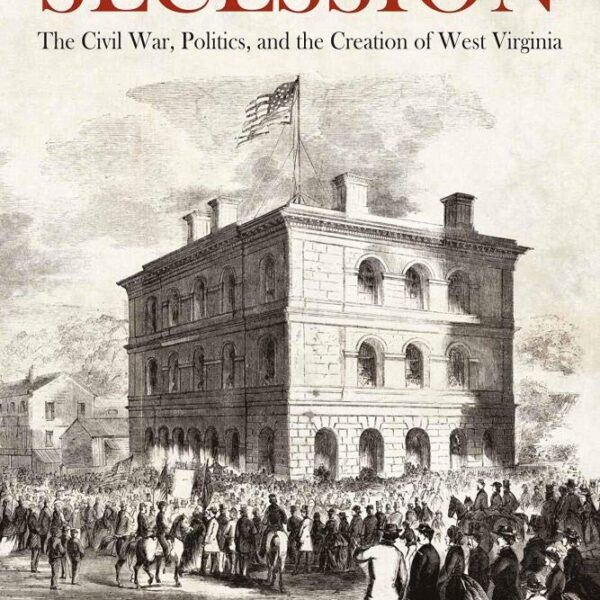No period in U.S. history has invited more counterfactual thinking than Reconstruction. As Brook Thomas observed, the field’s reigning synthesis, which frames Reconstruction as an “unfinished revolution,” conjures “a world of the might-have-been.” Though historians disdain “what if” questions, students of Reconstruction have sometimes found them useful in isolating “lost alternatives” and sorting through the radically different visions of freedom, democracy, and citizenship that competed (often violently) with one another in the wake of the Civil War. As long as they are framed with care, counterfactuals can be useful—if only to remind us that nothing in the past had to turn out the way that it did.
In his new book, historian Benjamin T. Arrington tempts us with yet another Reconstruction era counterfactual: what might have happened had James A. Garfield lived? If Booth’s bullet changed the direction of Reconstruction, then Guiteau’s deprived the nation of a “potentially strong and effective leader” who “maintained that the Republican Party had been founded on the idea of equality for all and should remain true to its roots” (185).
Arrington builds this case in The Last Lincoln Republican, a superb new study of Garfield’s dark horse race for the Executive Mansion and the most recent addition to the University Press of Kansas’s renowned series chronicling U.S. presidential elections.
In jargon-free prose, Arrington situates the 1880 contest in historical context. With skill and efficiency, he introduces the candidates, chronicles the spirited nominating conventions, and narrates the general election campaign. A short chapter considers the various third-party candidates—the Greenback Party’s James Baird Weaver, the Prohibition Party’s Neal Dow, and the American Anti-Mason Party’s John Phelps—who made long-shot bids for the Executive Mansion in 1880. A final chapter considers Garfield as president-elect, reviewing his efforts to assemble a cabinet and draft an inaugural address.
Many political observers expected the delegates who gathered at the 1880 Republican National Convention in Chicago to nominate former president Ulysses S. Grant for an unprecedented third term. Still others supposed that the Republicans, “in search of new issues and alliances,” would turn away from the past (184). That the party selected Garfield—a war hero, Ohio congressman, and U.S. senator-elect who refused to yield the results of Union victory and proudly waved the bloody shirt—is “telling,” Arrington concludes, adding his voice to the chorus of scholars who have argued that the Republican Party’s commitment to Black suffrage and civil rights outlived 1877 (185).
The Democrats selected as their standard-bearer Winfield Scott Hancock, the long-time commander of the Army of the Potomac’s Second Corps who was wounded at Gettysburg. Hancock’s nomination would mark 1880 as the only presidential contest in which both major party candidates were Union veterans. But while Hancock’s Civil War record was largely beyond reproach, his performance as commander of the Fifth Military District during Reconstruction was not. Hancock subscribed to a stubbornly narrow view of Reconstruction, privileging civil authority over military rule. Unlike other district commanders who believed that the army had a vital role to play in the protecting formerly enslaved persons and safeguarding their newly won civil and political rights, Hancock hewed to the Democrat Party line.
Indeed, nothing short of the Civil War’s meaning and legacy was at stake in the Garfield-Hancock race. Though it appeared to many contemporaries that very little distinguished the two national parties in 1880, the United States remained sharply divided two decades after secession. (Indeed, besting Hancock by fewer than 10,000 votes, Garfield recorded the slimmest popular vote victory margin in U.S. history).
Arrington’s major achievement is demonstrating that Garfield was hardly an inconsequential figure, but rather the self-conscious custodian of the Civil War’s promise to formerly enslaved persons. “The wounds of the war,” the Ohioan declared in the remarkable letter he wrote to accept the Republican presidential nomination, “cannot be completely healed, and the spirit of brotherhood cannot fully pervade the whole country, until every citizen, rich or poor, white or black, is secure in the free and equal enjoyment” of citizenship (140). Though some within his party preferred to think of Garfield as an anachronism, his words were prophetic.
Brian Matthew Jordan is the author of A Thousand May Fall: Life, Death, and Survival in the Union Army.
Related topics: politics





